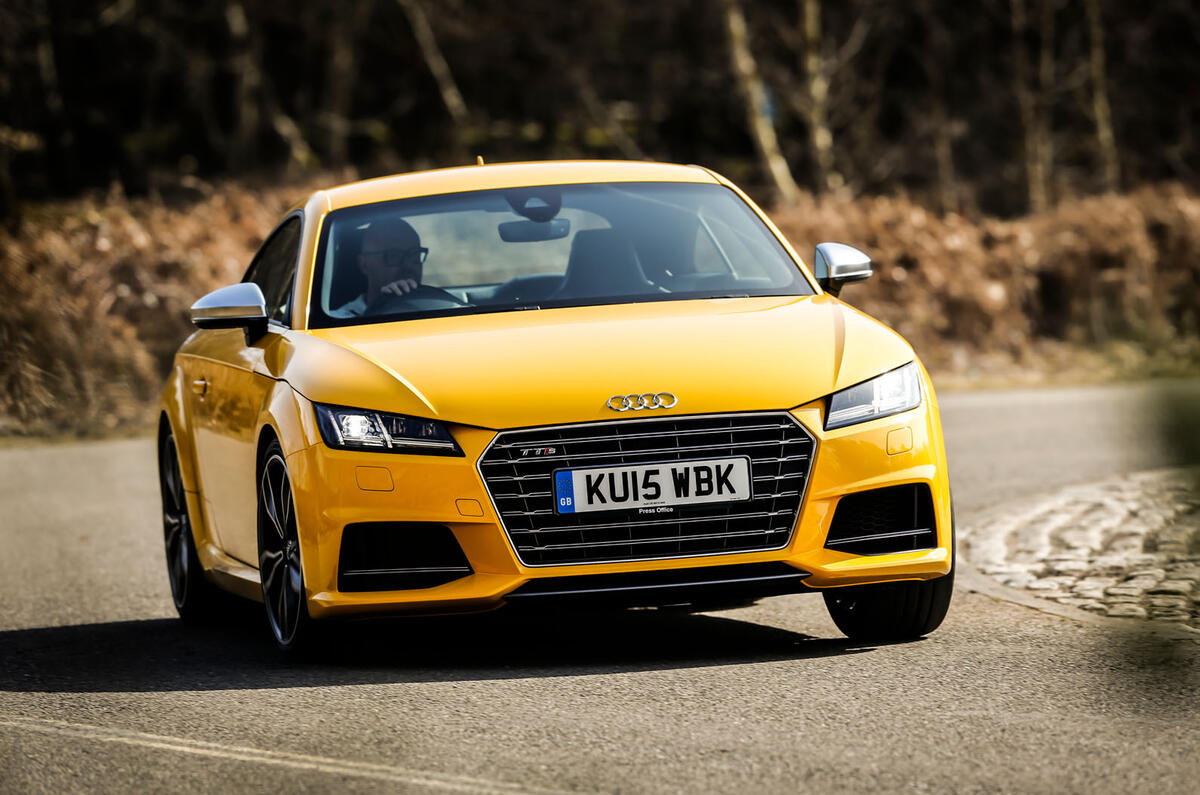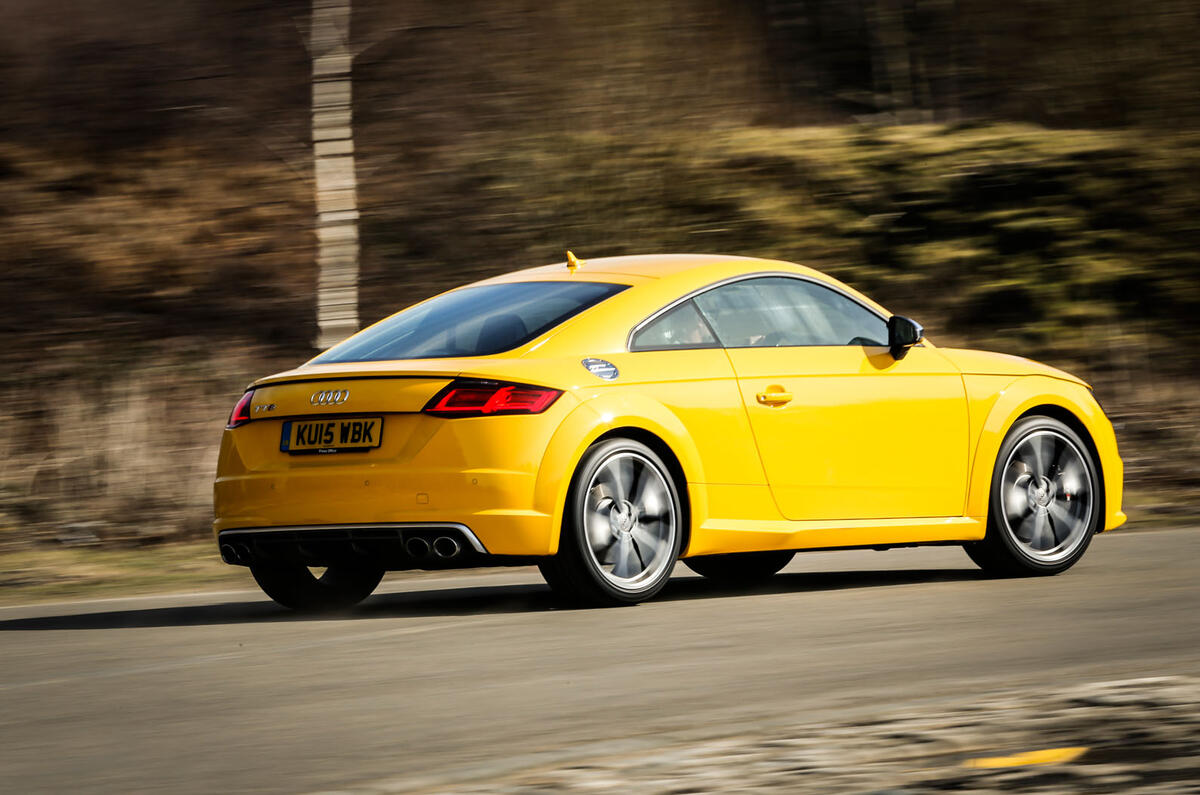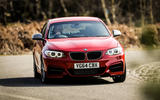Hostilities can resume. The arrival of the new Audi TT S on British roads calls for the continuation of a contest that will interest a great many sports car fans and that began in Autocar last autumn.
So now that what ought to be the definitive version of the TT is filtering into UK showrooms, who makes the best £40k German sports coupé?
Act one of this story concluded quite memorably back in November. The lesser 227bhp turbocharged 2.0-litre TT ran a BMW M235i close enough to suggest that when Ingolstadt’s bigger-hitting compact coupé pitched up – complete with the engine and driveline from a Volkswagen Golf R, no less – Munich’s muscle-bound 2 Series could be in real trouble.
We liked the TT S very much on first Continental acquaintance with it even earlier last year, when it showed the kind of alacrity and balance in its handling that very few of Audi’s fashionista coupés have ever possessed. But back then, expectations of the Audi as a driver’s car were understandably low. A full road test of the Audi TT has since confirmed that this is indeed a more engaging and dynamically well- rounded machine than either of its predecessors.
Read the full Audi TT S review
Time to ask the ultimate question, then. Today, there will be no adjournments and no excuses – and there is not only a BMW to beat but also our long-time standard-bearing coupé for driver appeal: the Porsche Cayman. Knowing the previous TT, you may think that trumping both is an unrealistic challenge to set the Audi – and that may yet prove to be true for the new version. But it certainly shouldn’t be.
Less than £4000 separates these three cars on list price. Moreover, with our residual value experts suggesting that the market will bring the cars even closer together for those buying on contract, they can be considered to be well and truly on the same shopping list. For now, the TT S trumps even the Cayman on forecast retained value over a typical ownership period.
Next, an admission. The roles that the TT and M235i are intended to serve are subtly but significantly different from that of the Cayman, but, if anything, that fact will help us over the next few pages. In order to win, the Audi will need to be as broad- batted, usable and obliging over long distances as the other ‘performance coupé’ standing in its way: the BMW. Simultaneously, it’ll need to be a match for the ‘sports car’, the Porsche, on dynamic poise and engagement.















































Join the debate
Add your comment
Usual anti-TT bias from the UK
I don't know. This sounds
If by the author's own